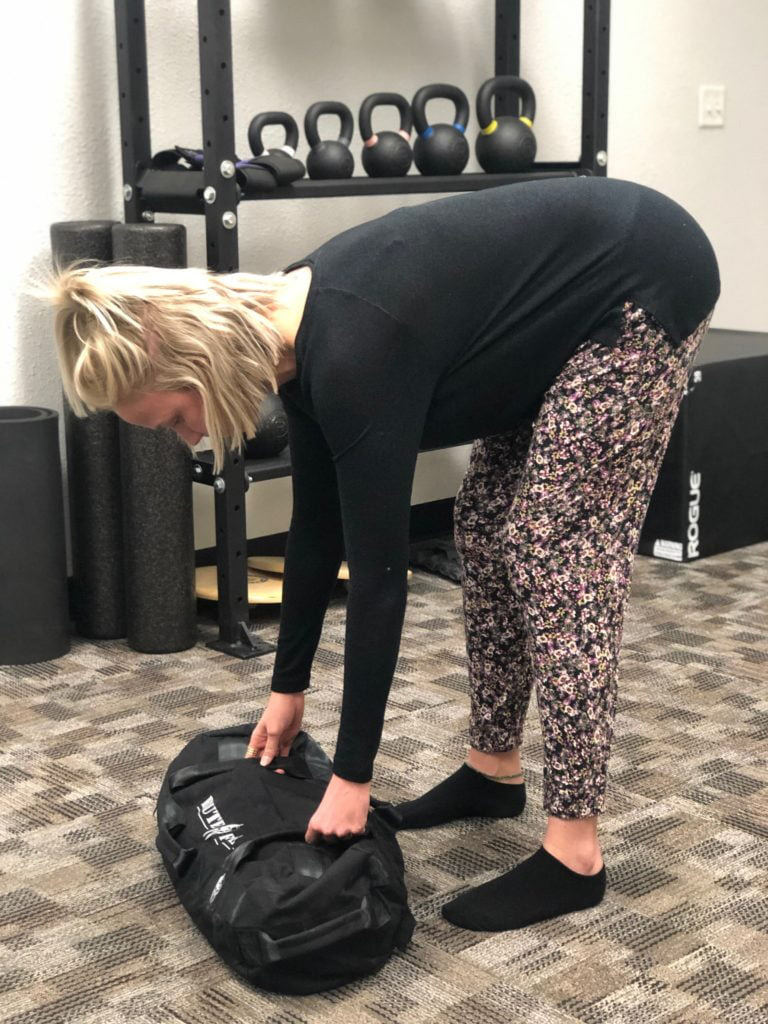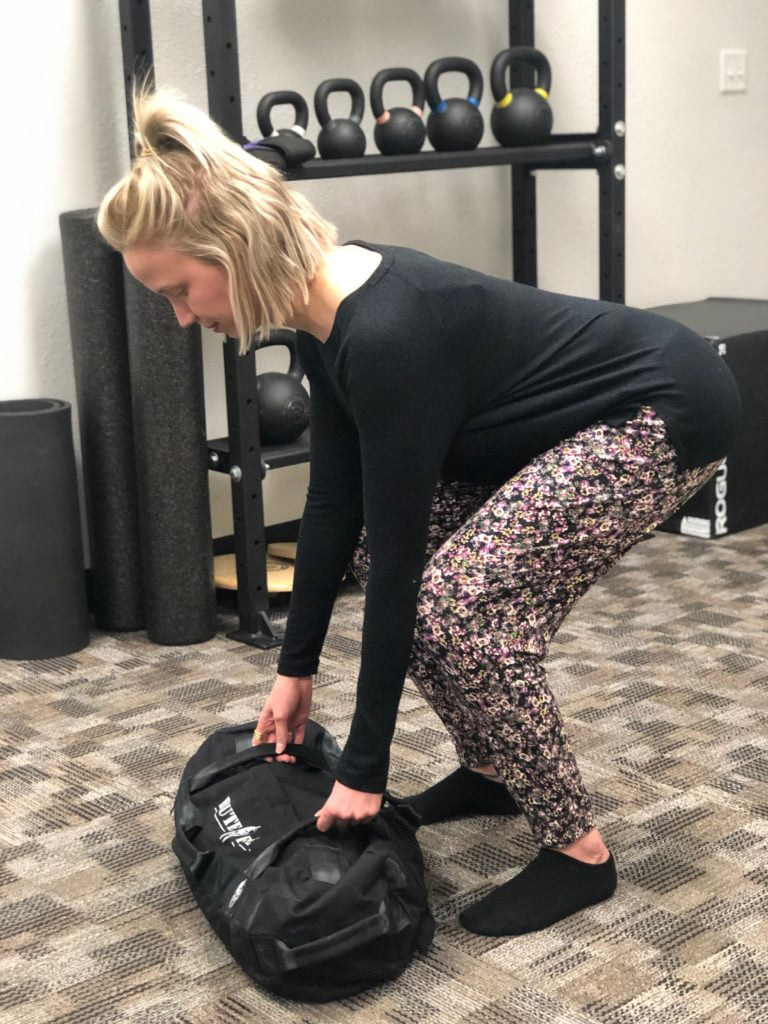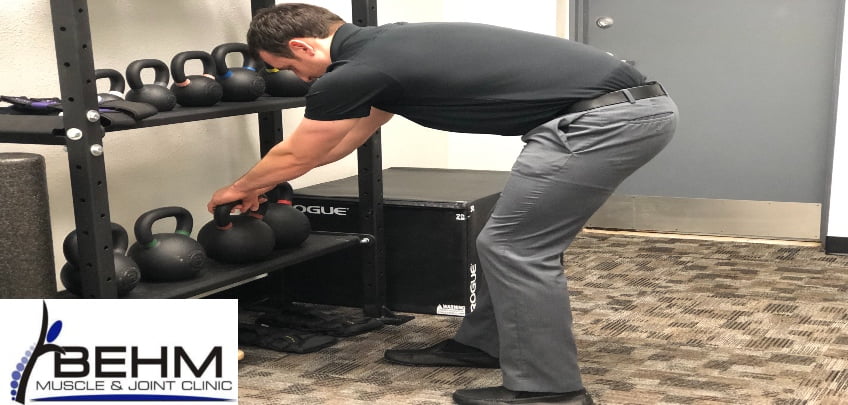Hip Hinge and Its Relationship to Back Pain
The hip hinge is a method of forward bending where the “bend” is coming from the hip joint instead of the spine. It requires us to load our hips. By loading our hips we use the big muscles of the glutes and hamstrings reducing compression on our intervertebral discs. Study after study has shown that repeatedly rounding or flattening the lumbar spine injures it. The hips are a ball and socket joints, they are designed to have maximum movement. Hips are made for bending. Backs are not.
The hip Hinge is a movement that is used on exercises such as deadlifts. That same form should be practiced daily as when we pick up objects from the floor. In the clinic we often hear patients say, “I just bent forward to pick something up and my back went out.” Typically the patient bent forward to initiate the movement with no use of their hips. n the process compressing the soft tissues of the lower back. Our lower backs are not meant to carry the weight from a forward bent position. That job is reliant on the glutes and hamstrings.
Hip hinge to bend forward without back pain
When you round or flatten your lower back (as in the picture below) you are putting yourself at risk for injury. Your lumbar spine has a natural curve to it that needs to be maintained. When you flatten that curve such as bending at the back to lift an object, you are increasing the risk of damage to the lumbar discs.
Minimizing lumbar spine flexion in an attempt to reduce tissue stress is the primary objective in performing proper hip hinge. Such as in the second photo, the hips are engaged to lift the load, reducing compressive forces on the lumbar discs.

Bending at the lower back loads the discs and causes lower back pain

Hip hinge loads the hips and hamstrings while sparing the spine
How to perform the hip hinge
Take a look at the video below to perform the hip hinge. As part of everyones routine we perform this movement daily. From the deadlift, to bending forward to pick up your child, the hip hinge is part of daily movement. Make sure you are not causing yourself lower back pain by moving correctly.
- Begin with your feet shoulder width apart
- Breathe in through your diaphragm and brace your core
- Move your hips backward as you lower your torso toward the ground (shortstop in baseball).
- Keep your shins almost vertical with a minimal knee bend
- Keep your back flat with a neutral alignment throughout your neck
- To extend, pull your hips through as you stand tall to lock your hips and knees out
Lower back pain treatment in Bellevue, NE
Behm Muscle & Joint Clinic in Bellevue, NE is a Chiropractic, soft tissue, and rehabilitation clinic specializing in muscle and joint related pain. If you have pain when bending forward or have questions regarding the relationship between the hip hinge and lower back pain give us a call at 402-292-1450 or schedule an appointment online.
About the author
Dr. Behm was born and raised in Papillion, NE. He received his Bachelor’s degree in Exercise Science from the University of Nebraska – Omaha and following his undergraduate studies was a certified personal trainer (NSCA-CPT – National Strength and Conditioning Association) in the Omaha area for years, helping clients achieve their health and fitness goals. He received his Doctorate in Chiropractic from Cleveland Chiropractic College – Kansas City. While in school, he received multiple certifications to increase his knowledge of the human body and how to properly assess and treat his patients. This translates into our integrative approach to Chiropractic care and our combination of therapies to better address your musculoskeletal complaints. Dr. Behm is excited to return to his hometown and serve the community around him.
